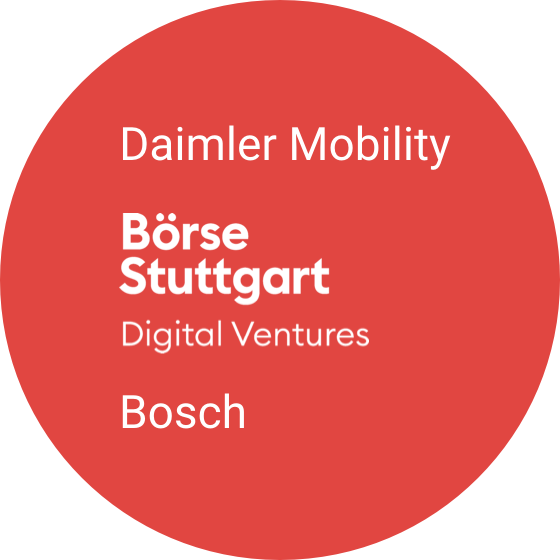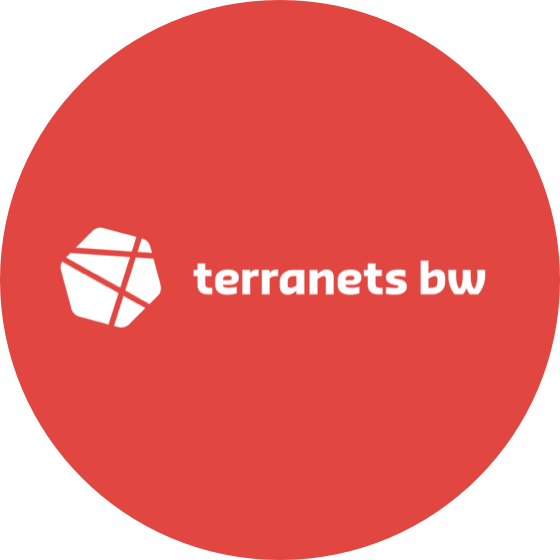Building the digital future economy
The future economy is digital, automated, and intelligent. That is why we support transforming your ideas into valuable business.
Topic areas
The economy of the future is digital – therefore digital products are a must for almost every business.
Besides using existing software services and products a digital company needs its own digital offerings and capabilities. If you want to continuously innovate and develop you digital capabilities further, we can make it happen. We combine agile software development and exponential digital technologies for your business success.
Selected Customers
Services
Building The Digital Future Economy
Whether you are in the field of innovation and need a digital prototype or you are an digitalization leader and want to address a highly valuable digital business opportunity, we support you on your journey.
From digital concept through software architecture all the way to implementation, continuous customer feedback and digital business potential validation, we equip you with state of the art technology and agile development methods to get results quick.














